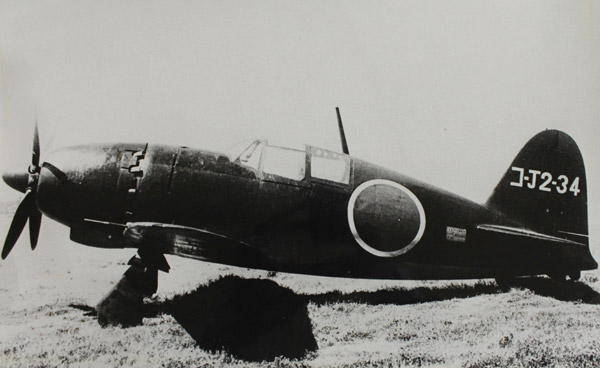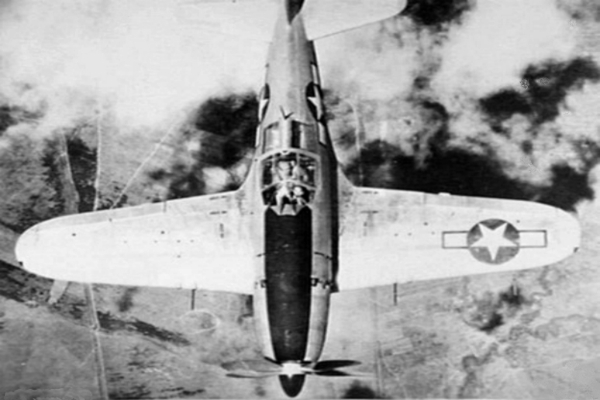

雷電 Mitsubishi J2M Raiden
A Detailed Overview
The Mitsubishi J2M Raiden, known as "Thunderbolt," was a Japanese interceptor aircraft developed during World War II. Unlike carrier-based fighters like the Zero, the Raiden was designed specifically for homeland defense, excelling in speed, climb rate, and firepower to counter Allied bombers. Let’s explore its history, design, and legacy.
Development and Design The Raiden was designed by Jiro Horikoshi, the same engineer behind the Zero, to meet the Imperial Japanese Navy's demand for a high-performance land-based interceptor. Prioritizing speed and altitude capabilities over agility, the Raiden became Japan's answer to the increasing threat of Allied bombing raids. Key Features - Streamlined Fuselage: The Raiden was designed with aerodynamics in mind, allowing it to achieve high speeds at altitude. - Powerful Engine: The Mitsubishi Kasei 23 radial engine provided significant horsepower for rapid climbs. - Heavy Firepower: Armed to counter large, heavily defended bombers. - Focused Role: Optimized for interception rather than dogfighting. Armament The Raiden was equipped with: - Two 20mm Type 99 cannons in the wings. - Two 20mm cannons mounted in the fuselage for concentrated firepower. Engine The aircraft used the Mitsubishi Kasei 23 radial engine, capable of delivering 1,820 horsepower, allowing it to reach speeds of up to 600 km/h (373 mph). Variants The Raiden saw several iterations to address performance issues: - J2M2 Model 11: The initial production model, plagued by engine reliability issues. - J2M3 Model 21: Improved engine and armament, becoming the most widely produced variant. - J2M5: A prototype with an upgraded Kasei engine, achieving better high-altitude performance but limited production.
Operational History The Raiden first flew in 1942 but faced delays in deployment due to engine development problems. Despite this, it became an integral part of Japan’s homeland defense strategy in the war's later years. Early Deployment - 1944: Deployed to defend the Japanese mainland, particularly against Boeing B-29 Superfortresses. - Battle of the Philippine Sea: Participated in intercepting Allied aircraft, although with limited success due to production delays. Tactics The Raiden relied on its superior climb rate to quickly intercept high-altitude bombers, targeting formations with its concentrated firepower. Challenges Despite its potential, the Raiden faced significant obstacles: - Development Delays: Engine reliability issues delayed mass deployment. - Allied Superiority: Advanced Allied fighters like the P-51 Mustang and F6F Hellcat were often superior in agility and overall performance.
Strengths and Weaknesses Strengths - High-Speed Climb: Exceptional performance at high altitudes. - Heavy Firepower: Well-suited for engaging large bombers. - Focused Design: Specialized for its role as an interceptor. Weaknesses - Reliability Issues: Early engine problems hindered operational readiness. - Limited Versatility: Poor agility compared to multi-role fighters like the Shiden. - Production Constraints: Limited availability due to resource shortages and development delays.
Legacy Influence on Tactics The Raiden exemplified Japan’s shift towards defensive strategies as Allied bombing campaigns intensified, influencing interceptor tactics. Cultural Significance Although overshadowed by the Zero, the Raiden remains a symbol of Japan’s determination to protect its skies during the war. Surviving Aircraft Few Raidens survive today, with some preserved in museums as a testament to Japan's wartime aviation efforts. Conclusion The Mitsubishi J2M Raiden was a purpose-built interceptor that showcased Japan’s ability to design specialized aircraft under wartime pressures. Though its impact was limited by development delays and resource constraints, the Raiden’s role in defending the homeland highlights the strategic shift in Japan’s air war efforts. Its legacy endures as a symbol of innovation, resilience, and the challenges of wartime aviation.